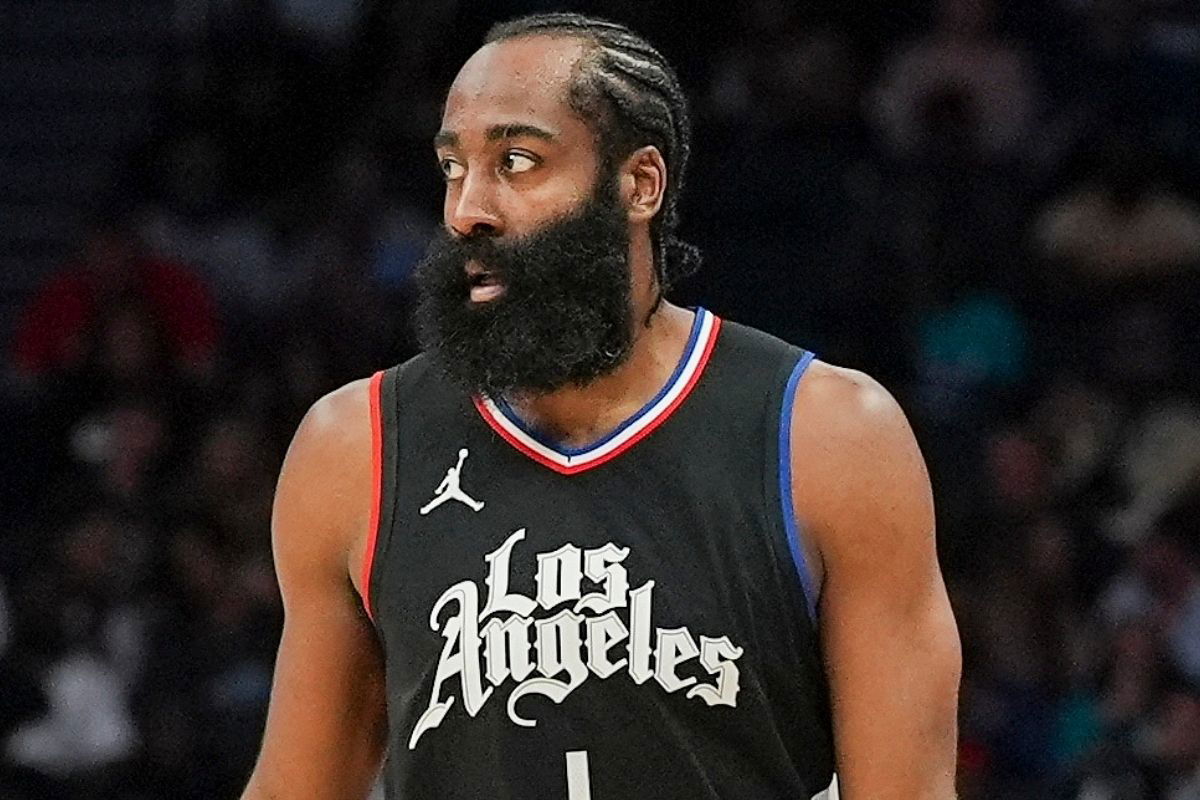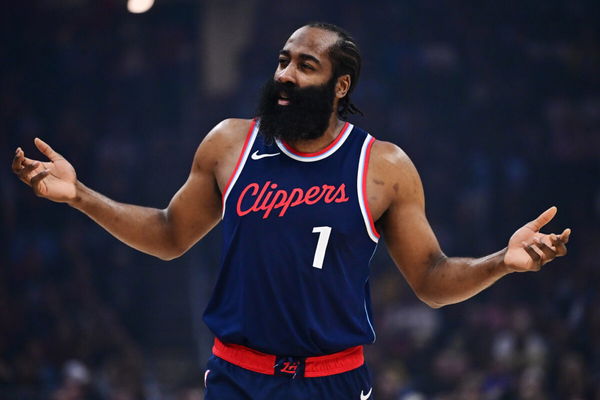
USA Today via Reuters
Mar 31, 2024; Charlotte, North Carolina, USA; LA Clippers guard James Harden (1) brings the ball up court against the Charlotte Hornets during the second half at Spectrum Center. Mandatory Credit: Jim Dedmon-USA TODAY Sports

USA Today via Reuters
Mar 31, 2024; Charlotte, North Carolina, USA; LA Clippers guard James Harden (1) brings the ball up court against the Charlotte Hornets during the second half at Spectrum Center. Mandatory Credit: Jim Dedmon-USA TODAY Sports
A few moments in team history reshape a franchise overnight. James Harden’s exit from the Oklahoma City Thunder in 2012 was one of them. What looked then like a complicated financial move became a decade-long pivot that redirected careers and narratives across the league. And now, the Beard is not holding back his words anymore.
Watch What’s Trending Now!
That raw truth landed in Episode 1 of Netflix’s Starting 5, Season 2. Harden didn’t soften the wound. “Overall, I was mad as hell, too. Because I got the call, and it’s like, man, it was lost. Like, I was like, it’s my dog. It’s like, you see what we just did these last three years?”
“It was like, you know what a championship makes you do? I got the call, and it was like, we love you, bro. We’re going to trade you to Houston. I was hurt,” Harden said, voice flat with the memory of being cut loose.
ADVERTISEMENT
Kevin Durant, to his credit, added a layer of perspective that mixed sympathy with realism, as he said, “It was like, it was sad for him. Just because you know your mind, you want things to play out. And if they don’t play out, how’s it going to look for you?”
He continued, “And I miss playing with him. I like playing with him. But you can’t cry over spilled milk from one another. And we all maximize our potential. I think that was the most important thing for all of us, was to maximize our potential and get the most out of this game.”
Now, while that exchange may be gentle, in a way, it was also explosive. It’s a reminder that behind every blockbuster trade are people with loyalties and bruised egos, and a front office balancing payroll and championship windows.
ADVERTISEMENT
For the Thunder, the decision to part with Harden marked the end of a supercharged trio that had already pushed Oklahoma City to a 2012 Finals berth. Harden’s numbers, though, tell two stories.
ADVERTISEMENT

In Oklahoma City, across 220 games, he averaged 12.7 points, 3.4 rebounds, and 2.5 assists. Those were the young, moldable minutes of a budding wing. In Houston, Harden exploded into a superstar with 29.6 points, 7.7 assists, and 6.0 rebounds across 621 games. As for in Los Angeles with the Clippers, he’s averaged 19.8 points, 8.6 assists, and 5.5 rebounds in 151 games.
ADVERTISEMENT
Those splits matter because OKC’s decision was viewed at the time through spreadsheets and payroll logic. Daryl Morey called Harden “foundational” once he landed in Houston and promptly built an offense around him.
How James Harden was a franchise’s turning point
The Rockets’ gamble paid statistical and cultural dividends as Harden became a primary scorer and an MVP-level creator. But impact isn’t only box score deep. Harden’s departure altered the Thunder’s path.
ADVERTISEMENT

Imago
Mar 30, 2025; Cleveland, Ohio, USA; Los Angeles Clippers guard James Harden (1) argues a call with referee Curtis Blair (not pictured) during the first quarter against the Cleveland Cavaliers at Rocket Arena. Mandatory Credit: Ken Blaze-Imagn Images
The team’s All-NBA trio of Durant, Westbrook, and Harden averaged nearly 60 points combined during their peak seasons. When Harden left, Oklahoma City lost a promising shot-creator and playmaker who could have developed into a second star alongside Durant and Westbrook, given enough time.
Instead, the franchise shifted to different timelines and, ultimately, different identities. Harden’s journey after leaving OKC is a case study in reinvention. He learned how to become the focal point of a team. Houston rewarded him with a maximum contract and a platform to pursue both personal and team success. That version of Harden transformed the league’s approach to isolation scoring and usage rates.
The “Starting 5” moment highlights the human cost of these changes. Harden felt betrayed, Durant faced the consequences, and the franchise had to account for a decision that would haunt discussions for years. However, the aftermath also produced winners. The Rockets found a franchise centerpiece in Harden, while the Thunder eventually rebuilt into a contender around new stars who replaced Durant.
NBA history took an unexpected turn. Contracts, trades, and championship windows shifted in ways that few could have anticipated back in 2012. So, what’s next in this conversation? The “Starting 5” clip serves as a reminder that trades are ongoing stories. Harden’s years in Houston and his subsequent teams are not justifications; they are chapters that started with a phone call in 2012.
The franchise that lost him learned a costly lesson about balancing potential and payroll. Meanwhile, Harden moved on, leaving an imprint that the Thunder are still measured against. The exchange on Netflix didn’t rewrite history, but it did what good documentary moments do: it reopened a file, reminded viewers of what was lost, and allowed the players to express their ongoing feelings about the situation.
For fans and front offices alike, it serves as a poignant yet sobering reminder that a single trade call can resonate for a decade.
ADVERTISEMENT
ADVERTISEMENT
ADVERTISEMENT

